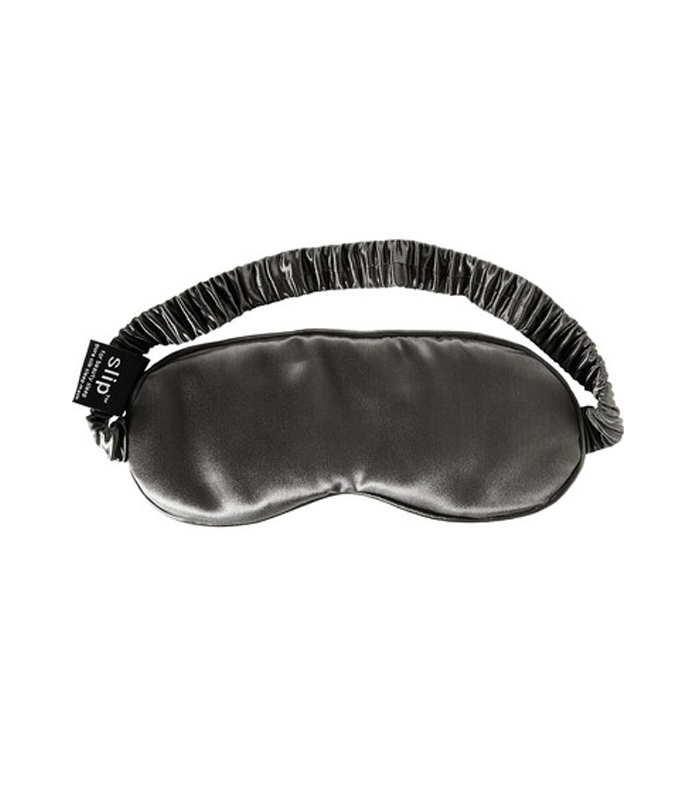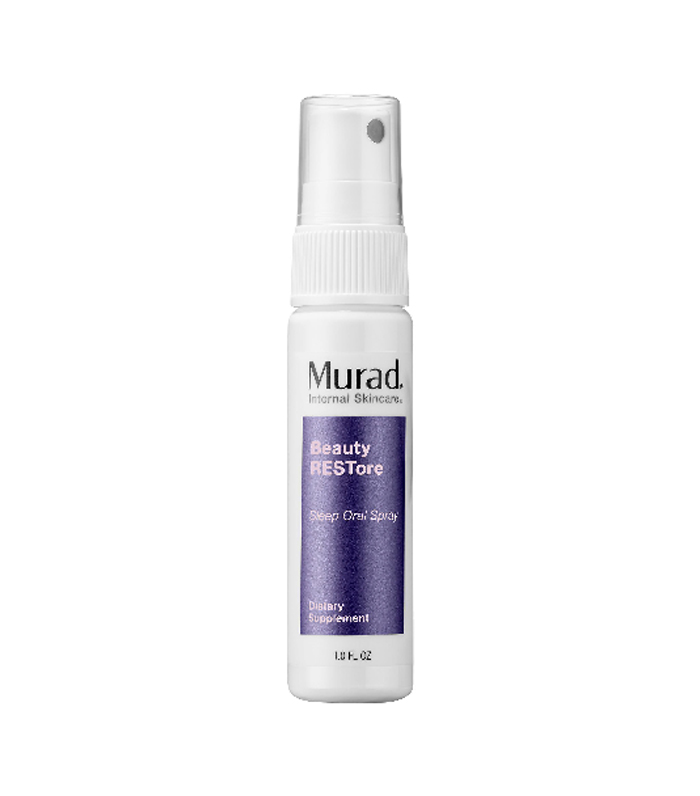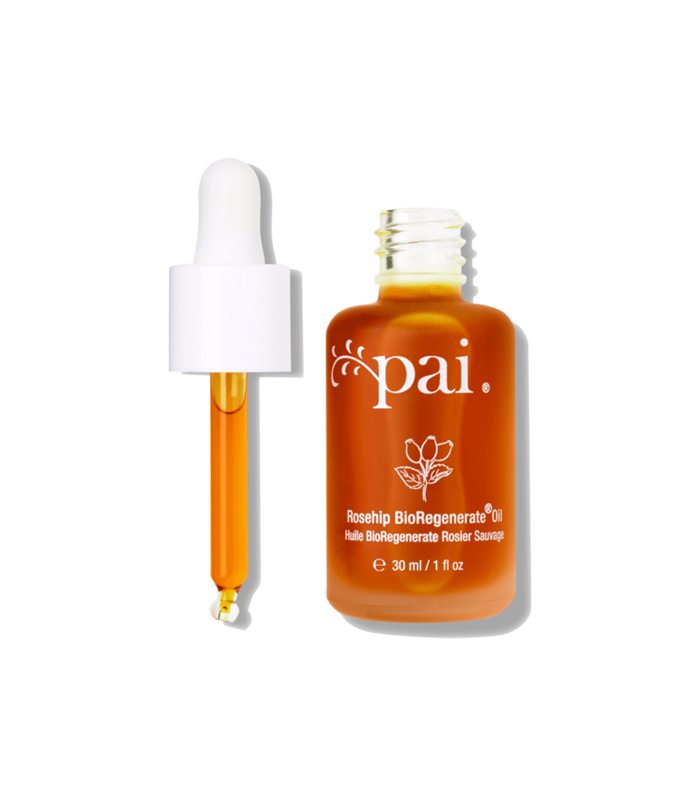I Asked a Hypnotist to Make Me a Morning Person—Here's How It Went

I can confidently say that I’m happy with most of my vices: I enjoy and appreciate the occasional cocktail, chicken tender, or Netflix binge, and at this stage in my life, I’m pretty diligent about balancing any “guilty” pleasures with activities that make me feel well and contribute to my long-term goals. In fact, there’s only one habit that consistently hinders my mood, productivity, and overall quality of life: my sleep cycle.
My natural circadian rhythm is set, so I doze off around 2 a.m. and wake up at 10 a.m., which isn’t particularly shocking for a freelancer. The problem is that when I think about it, this might not be what my body wants: I tend to wake up earlier (around 7 a.m. or 8 a.m.) and then doze off again, only to rise, groggy and a little moody, at my “normal” time. Even if I slept straight through the morning, research has shown that falling asleep and waking up earlier contributes to greater positive thinking, mood regulation, and mental clarity. (Plus, I recognize that at some point, I might like the option of joining the rest of the world and taking on a job that requires me to experience mornings.) Most importantly, I want to change my sleep cycle because when I’m awake for them, I actually love early hours: the thin, buttery sunlight, the tranquility, the potential of a full day stretching out ahead of me while I sip my coffee… I want to be a morning person. So when an email from hypnotherapist Grace Smith recently landed in my inbox, asking me what I would change about my life if given the chance, my answer was easy: I wanted to become someone who woke up early, feeling refreshed and rejuvenated. I had tested methods for easing my clock back before—wake-up lights, multiple alarms, a bottle of dubious “wake up on time” vitamins from Amazon that caused a college professor to ask if I was using drugs. All of these hacks had failed my steadfast internal clock, so I wasn’t particularly confident that hypnosis could reset my system—but in the spirit of adventure, I was willing to try anything. The results were shocking.

I had no idea what to expect from my initial session with Smith, and the first surprise came when I learned that hypnosis isn’t about getting very sleepy or Get Out–esque mind control. “I call hypnosis meditation with a goal,” explained Smith. “When we access the theta brain wave state, we become open to suggestion. That’s the whole reason hypnosis works.”To put it simply, our mind’s functioning follows different levels of brain waves, which coincide with our moods and productivity. Alert brains are in alpha mode, while normal meditation leaves practitioners in a beta state. Theta waves are the result of an even deeper level of relaxation, and they’re responsible for the seemingly out-of-nowhere epiphanies we get when we’re showering, running, or falling asleep. This is because our mind is allowed to wander nonjudgmentally, so it makes sense that we would be receptive to new thoughts and ideas in the theta state.As Smith put it, “When we go into the theta state, we’re so relaxed and we’re feeling so safe that at that point, if I made a suggestion to you that it would be good for you to go to sleep earlier, your body and your brain are in a place to accept that suggestion.” That deep relaxation is key for hypnosis’ success. This might be one reason New Year’s resolutions so often fail: the pressure of changing our lives after a season of holiday-related stressors is counter-intuitive. Smith says, “Most people try to make a change when they’re really stressed out, and that’s actually the worst time because when cortisol’s pumping through our body, we’re very resistant to change. Whatever habits were previously made, that’s what we start to rely on. So if we want to stop nail biting in the middle of taking the bar exam, that’s a tough time to try to do that because we’re berating ourselves—we’re nervous, we’re stressed, and the body just needs to survive.”Of course, this doesn’t mean that in a theta state, we’re completely open to a hypnotist’s bidding: Smith explains, “If I said to you while you were deeply relaxed, ‘It would be really awesome for you to rob a bank and give me all that money,’ you would reject it because it’s not something you want. That’s another key piece to hypnosis that most people don’t know because they think it’s mind control—if it were, all hypnotists would be billionaires. Actually, the degree to which you want the result, that’s the implication for how fast you’ll see the result. When we’re deeply relaxed and feeling safe, we become open to suggestion, but only those suggestions we want.”The question, then, was how badly I actually wanted to shift my sleep schedule. On a scale of one to 10, I told Smith, I was probably about an eight. Fortunately, this meant that I should see results pretty quickly: Smith revealed that when the patient was motivated, hypnosis was astoundingly effective. She explained, “There was a study done—and it was done in 1970, so it’s older and it’s never been refuted—and it found that 600 sessions of psychoanalysis resulted in a 33% improvement in a patient or client. With six sessions—so swipe away two zeros—hypnotherapy saw a 93% improvement.”With numbers like that, I was eager to test out hypnosis for myself. My only hesitation was whether the experience would be too effective—was I training my brain to automatically fall asleep at midnight, no matter what? Grace assured me that this wasn’t the case: “What we’re doing is that we’re changing your belief system. Right now, there’s a subconscious belief that you stay up until 2 a.m., and you wake up at 10 a.m., and that’s how your body’s programmed and that’s the type of person you are and that is somehow linked to your identity. What we have to do is change the beliefs about who you are, the beliefs about your identity as it relates to your sleep, and the belief that you can actually go to bed a little earlier and you can wake up a little earlier and be happy with that. But if you have an awesome event or you’re at a kickass concert, you’re not just going to just collapse on the floor at midnight. You’re totally in control. It’s just like meditation.” With that guarantee, I was ready to go under.

Hoping for a realistic change that didn’t feel too dramatic, I had requested that we set my brain to fall asleep at midnight and wake up at 8 a.m. I’d prepared a long list of the appeals of rising at an early hour, so I was thrown when the first thing Smith asked me was why my brain believes that sleeping in actually does benefit me. But I knew the answer: I’d been an insomniac for my entire adolescence and into my early 20s—after years of stressing over not getting enough sleep, it makes complete sense that my mind would want to hoard as much sleep as possible now that my snooze cycle is more regulated. Understanding, explaining, and validating why sleep felt so precious to me—even if in reality, my plan to sneak in as many z’s as possible often backfired—was an important step in changing my thought patterns.Next, we made a bedtime plan: At 11 p.m., I would power down my phone and start my moisturizing and serum regimen. This routine would alert my brain that it was time to get ready to doze off. (As an added bonus, I now had a deep-set incentive to consistently stick to my nighttime regimen.)

Then the actual hypnosis began: Smith led me through a thoroughly de-stressing body scan, during which I relaxed every muscle in my body. When I felt utterly soothed, I was instructed to create and describe a safe, nurturing space. I’d actually had to construct mental “happy places” before—thanks to my lovely, slightly woo-woo therapist—so I knew where to go. I placed myself in a warm, dusk-lit meadow, lit up with fireflies, and Smith got down to what felt like the real work. Calling back to our earlier conversation, I described the reasons that I felt like I needed those extra morning hours. I then, with Smith’s guidance, responded to my fears: I explained to myself that while my justifications made sense in the past, I no longer suffered from insomnia and thus was getting enough sleep to wake up a little earlier. I also mentioned that both scientific studies and personal experience demonstrated that oversleeping didn’t make me feel better—and, if I was, in fact, feeling tired later, I could always take a nap. It felt empowering to take control of my sleep situation in a way that was compassionate to myself.

We then walked through the routine that we’d discussed earlier, and I envisioned each stage of my new nighttime regimen, from turning off my tech to slipping into bed. Finally, we ended by affirming that I wanted to be a morning person and that I was capable of letting go of my identity as someone who can’t rise before 10 a.m. When Smith counted me down and back into reality, I felt deeply relaxed. But would I see results?Amazingly, my progress was almost instant. I should note that because I already have an established meditation practice, my brain was a little extra predisposed to accepting hypnosis. Smith explained that while six sessions were the average for high success rates, I would probably see results after a single session and might be able to change my schedule after only a few visits. I had gone into this experiment hoping to shift my schedule a little, but after the first session, I was able to ease into a state of drowsiness at 11 p.m., and drift off at midnight. To solidify the work we’d done, I saw Smith for another session, and in the few weeks that have followed, I’ve kept up with my new schedule remarkably well. I have stayed up late for last-minute deadlines and the occasional night out, but overall, I’ve been able to readjust my circadian rhythm in a way that I haven’t after years of trying—which means waking up well-rested and peaceful.Want more sleep advice? Check out this absurdly simple trick that every Byrdie editor uses to fall asleep fast.
Disclaimer
This article is provided for informational purposes only and is not intended to be used in the place of advice of your physician or other medical professionals. You should always consult with your doctor or healthcare provider first with any health-related questions.